CLOCKS WE WORK ON
CLOCKS WE WORK ON
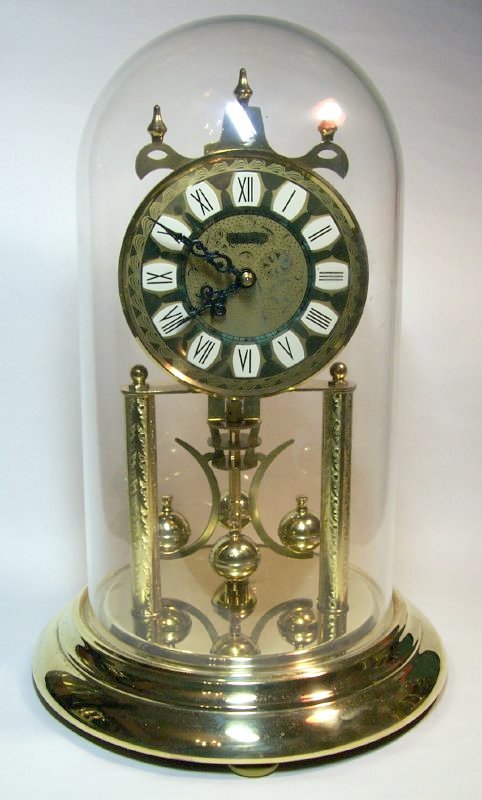 Anniversary Clocks
Anniversary Clocks
Torsion clocks are usually delicate, ornamental, spring-wound mantel clocks. The polished clock mechanism is exposed under a glass case or dome, to allow people to watch the torsion pendulum turn. Clocks of this style, first made by Anton Harder around 1880, are also known as 400-day or anniversary clocks, because many of them only have to be wound once a year.
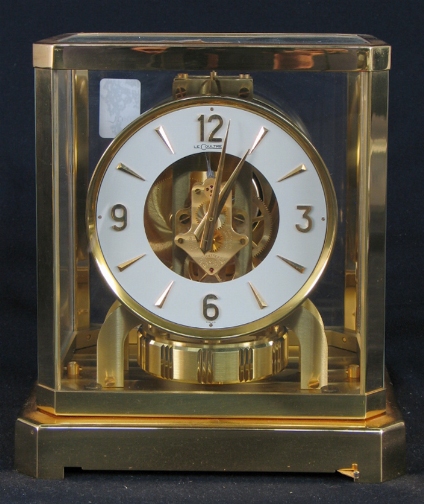 Atmos
Atmos
Atmos is the brand name of a mechanical clock manufactured by Jaeger LeCoultre in Switzerland which doesn't need to be wound up. It gets the energy it needs to run from small temperature changes in the environment, and can run for years without human intervention. Its power source is a hermetically sealed capsule containing a mixture of gas and liquid ethyl chloride, which expands into an expansion chamber as the temperature rises, compressing a spiral spring; with a fall in temperature the gas condenses and the spring slackens. This motion constantly winds the mainspring. A variation in temperature of only one degree in the range between 15 and 30 degrees Celsius is sufficient for two days' operation.
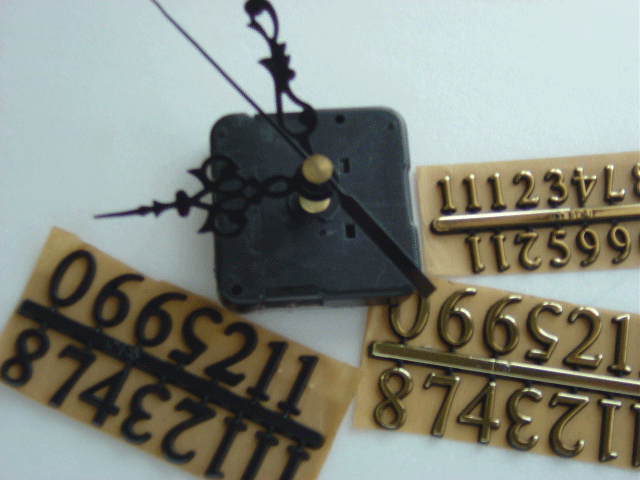 Battery/Quartz Clocks
Battery/Quartz Clocks
A quartz clock is a clock that uses an electronic oscillatro that is regulated by a quartz crystal to keep time. This crystal oscillator creates a signal with very precise frequency, so that quartz clocks are at least an order of magnitude more accurate than good mechanical clocks. Generally, some form of digital logic counts the cycles of this signal and provides a numeric time display, usually in units of hours, minutes, and seconds. Since the 1970s, they have become the most widely used timekeeping technology.
 Cuckoo Clocks
Cuckoo Clocks
A cuckoo clock is a clock, typically pendulum driven, that striked the hour using small bellows and pipes that imitate the call of the Common Cuckoo in addition to striking a wire gong. The mechanism to produce the cuckoo call was installed in almost every kind of cuckoo clock since the middle of the eighteenth century and has remained almost without variation until the present.
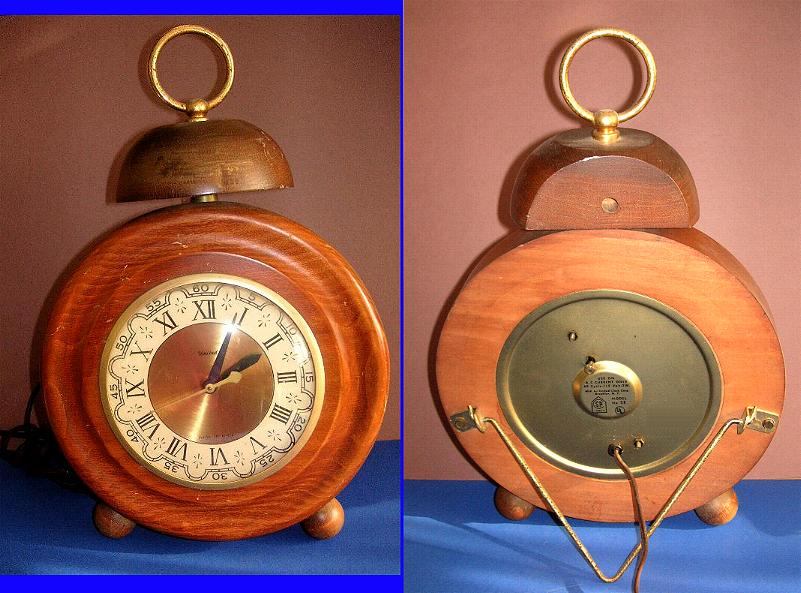 Electric Clocks
Electric Clocks
An electric clock is a clock that is powered by electricity instead of powered manually or by other sources of energy, specifically in order to wind the mainspring or to drive the pendulum or oscillator . In 1814, Sir Francis Ronalds (1788) of London invented the forerunner of an electric clock, the electrostatic clock. His prototype was powered with a dry pile battery. It proved unreliable in timekeeping, however, because of a strong dependence on a stable room temperature and 'weather conditions'
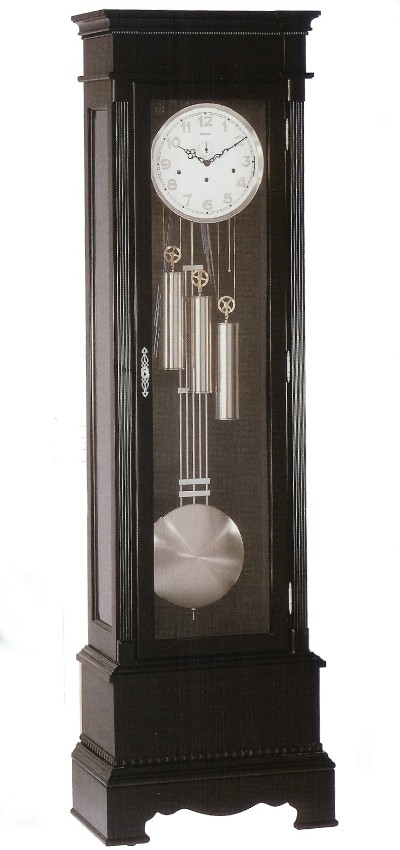 Grandfather Clocks
Grandfather Clocks
 O.G. Clocks
O.G. Clocks
An Ogee clock is a common kind of weight-driven 19th-century pendulum clock in a simplified Gothic taste, made in the United States for a mantelpiece or to sit upon a wall bracket. An ogee clock is rectangular, with ogee-profile molding that frames a central glass door that protects the clock face and the pendulum. The door usually carries a painted scene in the area beneath the face. Ogee clocks are one of the most commonly encountered varieties of American antique clocks.

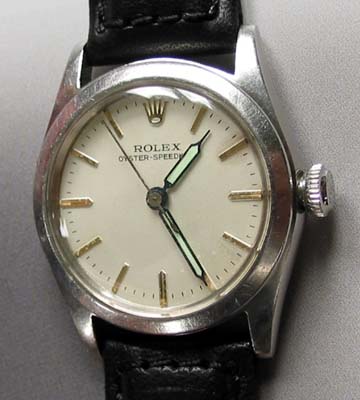
Wrist/Pocket/High End Watches
A pocket watch (or pocketwatch) is a watch that is made to be carried in a pocket, as opposed to a wristwatch, which is strapped to the wrist. They were the most common type of watch from their development in the 16th century until wristwatches became popular after World War I. Pocket watches generally have an attached chain to allow them to be secured to a waistcoat, lapel, or belt loop, and to prevent them from being dropped. The chain or ornaments on it is known as a fob. They often have a hinged metal cover to protect the face of the watch; pocketwatches with a fob and cover are often called "fob watches". Also common are fasteners designed to be put through a buttonhole and worn in a jacket or waistcoat, this sort being frequently associated with and named after train conductors.
We service all Rolexes and other high end watches at a fraction of the price the big companies charge, and all work is done in-house by our master watch maker. Nothing is farmed out.
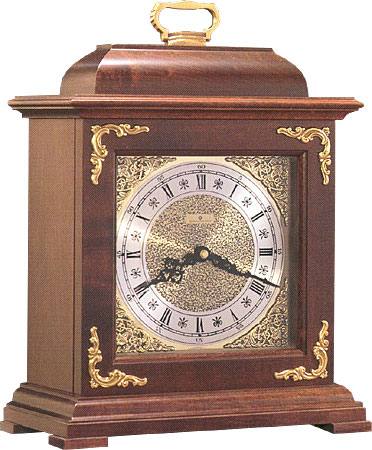

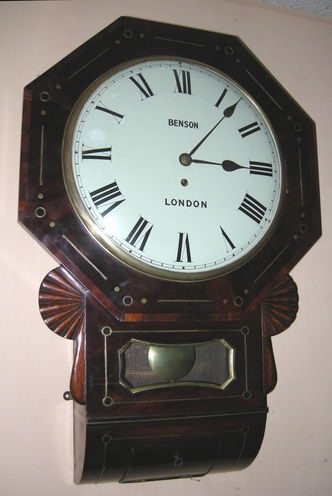
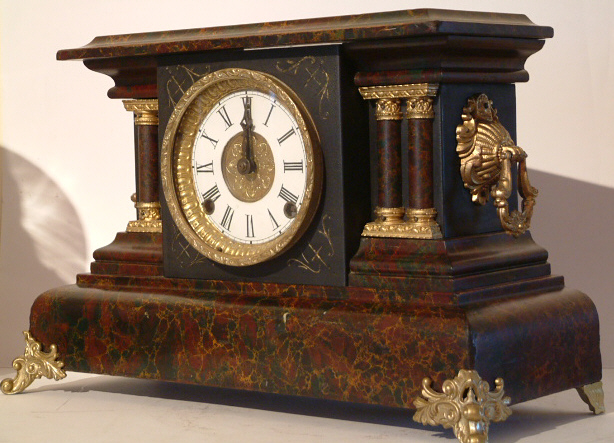
Mantle/Wall Clocks
AND MANY, MANY MORE!!!
Contact us at: